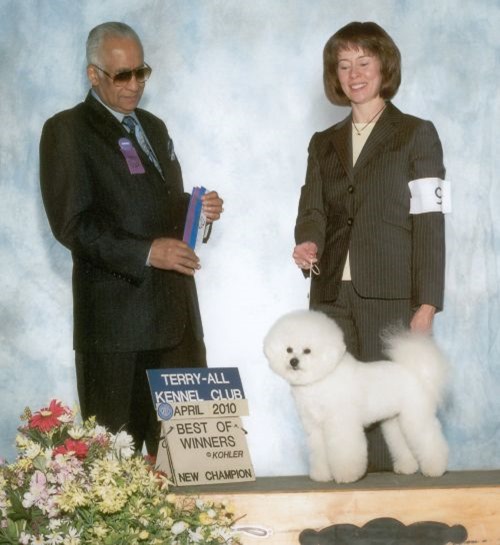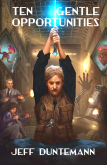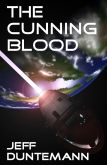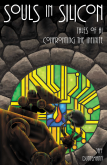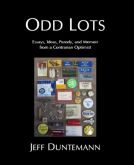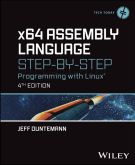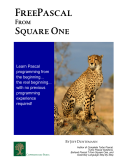I have about 38,000 words down on a (mostly) mainstream novel about a tiny Old Catholic community in Chicago, which has a 1920s bungalow with an altar and a few pews in the livingroom, with the clergy (a bishop and a deacon) living in two small rooms on the second floor. A good part of what I have down takes place just before and on Christmas. I’ve published excerpts here before on Christmas Eve. I don’t entirely know how the rest of the story goes. I don’t know if I’ll ever finish it. But people have told me they’ve enjoyed the excerpts. So today on Christmas Eve, let us return to the Church of St. James & St. Julian of Norwich, just south of Devon Avenue at Campbell. The chapter posted on Christmas Eve 2018 comes immediately before this year’s chapter, so if you’ve never seen any of the story before, you might skim through them before reading further. There are mild fantastic elements in the story, especially a little old Polish lady who can read hearts and predict the future–and talk to dead people whom she considers saints. It’s a gentle, hopeful story about eccentric religious people who have no place in the larger Catholic world, banding together to worship God and heal one another of life’s inevitable traumas. Let me know what you think.
Bishop Hughes led them from the kitchen to a small round table standing a few feet in front of the bungalow-church’s front windows. The advent wreath Rob had seen on the Formica kitchen table on Gaudete Sunday was set on the table. All of the candles had seen some use, now that all four Sundays of Advent had passed. Rob remembered the ritual from his childhood: Family members took turns throughout Advent lighting the appropriate candle and reading the prayer before the evening meal. On Christmas Eve, the head of the household had candle duty. So it was that Bishop Hughes struck a wooden match on the side of its box and held it in his left hand while raising his right in blessing:
“In the name of the Father, and of the Son, and of the Holy Spirit, we gather for one final meal before the birth of our Messiah, the Lord God Jesus Christ!” Bishop Hughes reached out with the match and lit the shortest purple candle, then the one beside it, then the pink candle of Gaudete Sunday, and finally the tallest purple candle. He held out his hands to Mrs. Przybysz and Mother Sherry, who took them and in turn reached out to take hands with the others to complete the circle.
Bishop Hughes tipped his head back, and spoke the prayer as he spoke nearly everything, with force and exultation:
“O Lord, stir up Thy might, we pray Thee, and come!
Rescue us through Thy great strength so that salvation,
Which has been hindered by our sins,
May be hastened by the grace of Thy gentle mercy.
Who livest and reignest for ever and ever! Amen!”
“Amen!” they replied in unison. Bishop Hughes turned and gestured toward the table. Eight places had been set, and atop each china plate was a folded card bearing one of their names-all but the setting at the foot of the table. It bore no card. As only seven people had gathered at St. JJ’s, Rob did wonder why the eighth place had been set at what was already a crowded table. He bent down to peek under the table, wondering if a card had fallen to the floor during the continuous bustle leading up to the Wigilia meal.
Bishop Hughes noticed Rob’s search for the card. “The place at the foot of the table is symbolic of those who share our love for God but who cannot be here with us in the flesh. Our departed, now in the bosom of the Most High; loved ones distant in space and time; the stranger who has no place at any table-“
“And saints,” Mrs. Przybysz interrupted as she bent to place a bowl of cucumber salad and a smaller bowl of horseradish on the table. “St. Ernie and St. Mona both showed up last year. Ernie warned me of evil brewing somewhere and had to leave to go look for it. Mona said we would need a much bigger table soon–and that the fish could have spent another few minutes in the pan.” The old woman sighed. “I do my best.”
“We all do our best,” Bishop Hughes said from behind her, smiling. “God asks no more of us than that. The challenge is to discover the inner strength that few of us realize that God has given us.”
Bishop Hughes pulled Mrs. Przybysz’s chair back. The old woman sat. Rob reflected that it was a signal. He pulled out Suzy’s chair, and helped her scoot in once she was settled. PJ pulled out Mother Sherry’s chair and did the same. Deacon Dan sat, and made a down-patting motion at Rob, who sat beside Suzy. PJ took the last seat, and set his battered leather briefcase on the floor beside him. He looked spooked, and kept glancing at the empty chair at the far end of the table.
PJ sat across from Suzy. Suzy took a library card and a pen from a pocket and wrote quickly in her lap. She poked Rob and handed him the card.
I feel something weird, she wrote. Rob made just a hint of a nod and handed it back. His first impulse was to grin. But…huh? An odd prickly feeling arose in the back of his head behind his ears, like something approaching–or something that was already among them, gathering power.
Rob shivered. He had told himself a thousand times that he did not believe in demonic forces. Whatever he felt did not feel evil. It felt powerful, not angelic but somehow rooted in the Earth beneath their feet. Hell was at the center of Earth, according to Dante and probably half of Christian humanity. Rob tried to focus, desperate to get away from the impression that something malign was creeping up on him.
Then, deep in his mind, a single word, stated quietly but with the conviction of everything high and holy, resolving Rob’s confusion plainly and beyond all question:
“No.”


